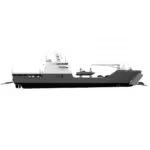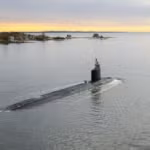
The nominee to lead the Marine Corps this week was bullish on the potential for 3D printing and additive manufacturing to help relieve logistics and the supply chain and said he will push for technical data rights to make such production more possible. “We have to do some very creative work to do additive manufacturing and 3D printing forward. If confirmed, I'm committed to continuing that effort because I do see one day we will be printing forward in forward…

 By
By 











